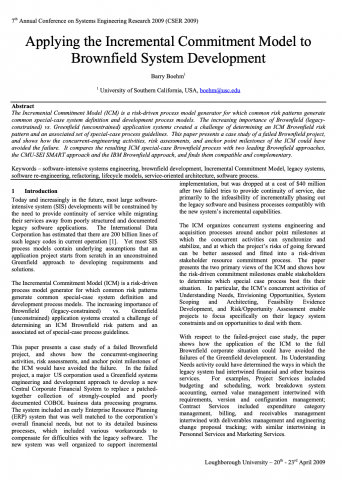Figure 1 indicates that a great deal of concurrent activity occurs within and across the various ICM phases. To make this concurrency work, the anchor point milestone reviews are the mechanism by which the many concurrent activities
are synchronized, stabilized, and risk-assessed at the end of each phase [5,6].
Each of these anchor point milestone reviews, labeled at the top of Figure 1, is focused on developer-produced evidence, instead of PowerPoint charts and Unified Modeling Language (UML) diagrams, to help the key stakeholders
determine the next level of commitment. For example, the developer of a system with a requirement for a one-second real-time task completion for a safety-critical system should provide evidence based on prototyping, benchmarking,
modeling, or simulation using representative workloads that the system as designed will meet the task completion time requirement, rather than just promise to "build it now and tune it later," as is frequently the practice in ad-hoc
development or when using agile methods.
If the requirement had been for a 1-second desirable, 3-seconds acceptable user response time for a non-critical system, agile would generally be fine.
Defines standard
Replaced/Superseded by document(s)
Cancelled by
Amended by
| File | MIME type | Size (KB) | Language | Download | |
|---|---|---|---|---|---|
| usc-csse-2009-530.pdf | application/pdf | 236.24 KB | English | DOWNLOAD! |

